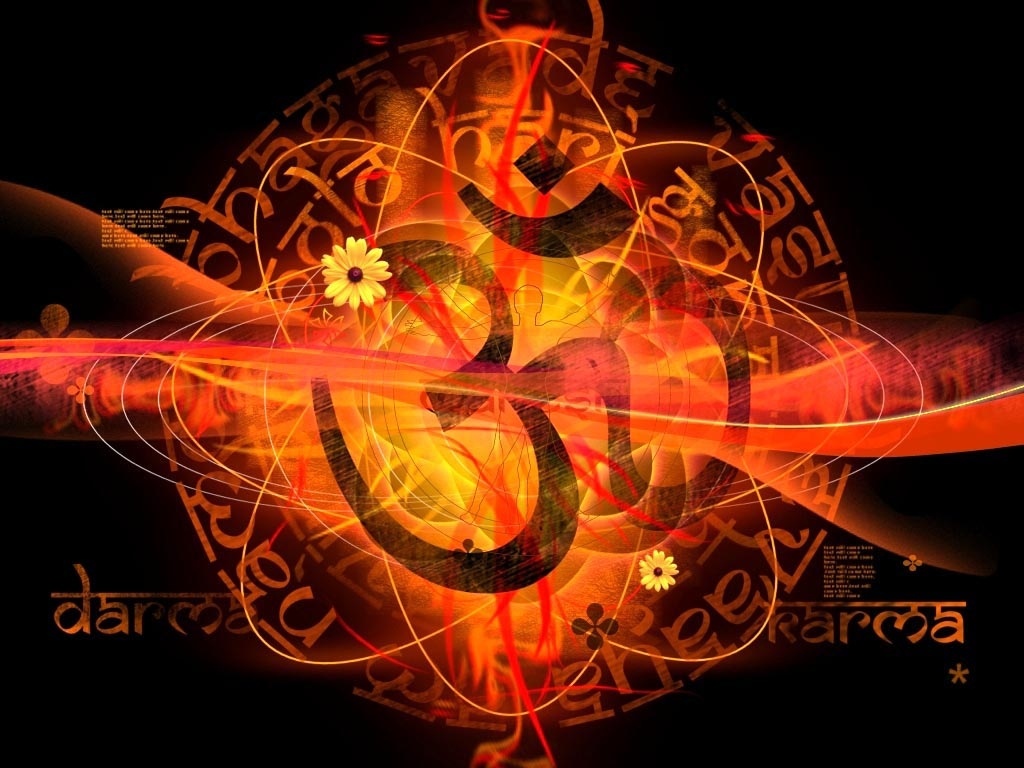
25 Jun 2020 HYN Himalayan Yoga Academy
Tantras have almost always been misunderstood. Somehow, Tantra and sex (not that there is anything wrong with sex) have always been clubbed together. Unfortunately, because of this, Tantra has attracted a lot of misdirected attention. Normally, the superficial or the most provocative, base, and easily excitable, attract the average seeker. But Tantra, it is believed, has superseded the Vedas over a large part of India. Two-thirds of Hindu religious rites and at least one-half of medicines are Tantric. These are different schools of schools of Tantra. For the purist, the rituals of Dakshinacarina are considered to be in harmony with the Vedas, while the rituals of the Vamacarins are considered suitable for the more adventurous.
The teachings of the Tantras are based on the Bhakti Marga, which is regarded as superior to Karmamarga and Jnanamarga of the Upanishads. The doctrines of Tantra are derived from the Sankhya philosophy, mainly the theory of Purusa and Prakriti with a special emphasis on the mystic side of yoga. Brahma is niskalpa (non-differentiated) and sakalpa (differentiated). Tantra deals with sakalpa or saguna Brahman, and its five main features are: Bijamantra, Yantra, Shree Cakra, Kavera, and Mudra. The Panch Makar, whose names begin with the letter M (Madya, Mansa, Matsya, Mudra, and Maithauna) _ respectively meaning wine, meat, fish, parched grain, and sexual union _ have been interpreted literally as representing the five elements of Hatha Yoga.
According to Tantra, absolute reality has two aspects: Shiva (Male), representing energy and activity. The truth regarding the union of Shiva and Shakti is to be realized within the human body while it is alive. This is a different approach from other schools of thought that claim that the truth is attainable only after the physical body has been shed.
In Tantras, the human body is a microcosmic universe. The spinal cord represents Mount Meru, while the three main metaphysical veins (ida, pingala, and sushumna) running left, right, and middle of the spine respectively, represent the sacred rivers- Ganga, Yamuna, and Saraswati. The breathing process represents the course of time.
The identification with sex is because Shakti, the female source, also called the Kundalini, lying serpent-like, coiled and quiet around the Muladhara Chakra (Wheel), is aroused and made to move upwards to unite with Shiva (Male). The sexual union represents the activities of the negative and the positive. The male resides at the Sahasrara Chakra, which is described as a thousand-petalled lotus at the top of the head. The union of Shiva and Shakti brings about the transcendental realization of the absolute non-duality.
